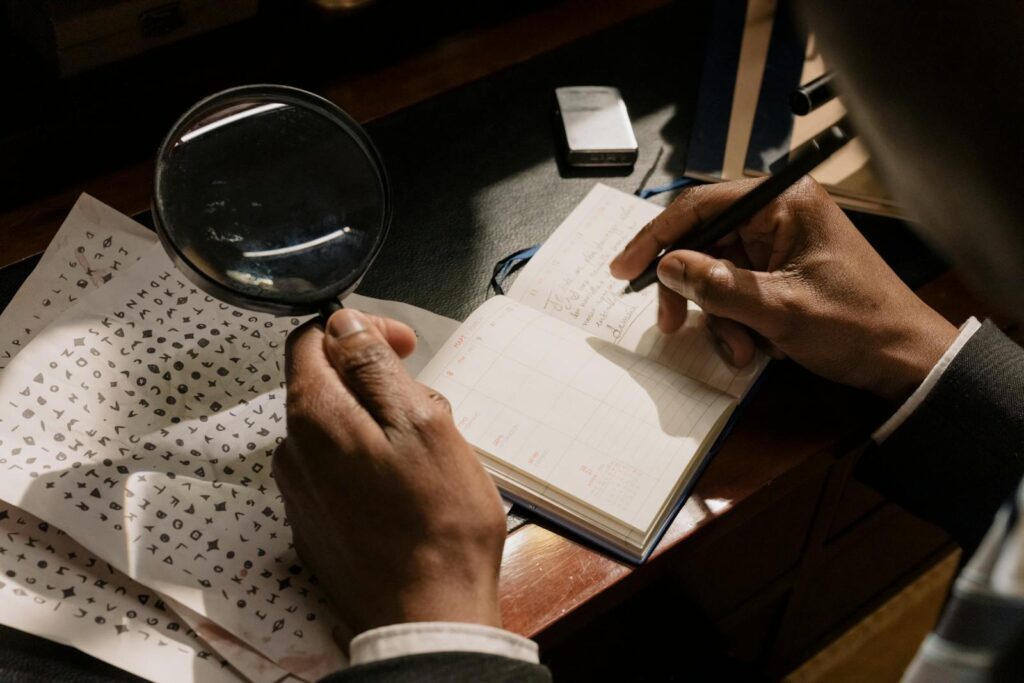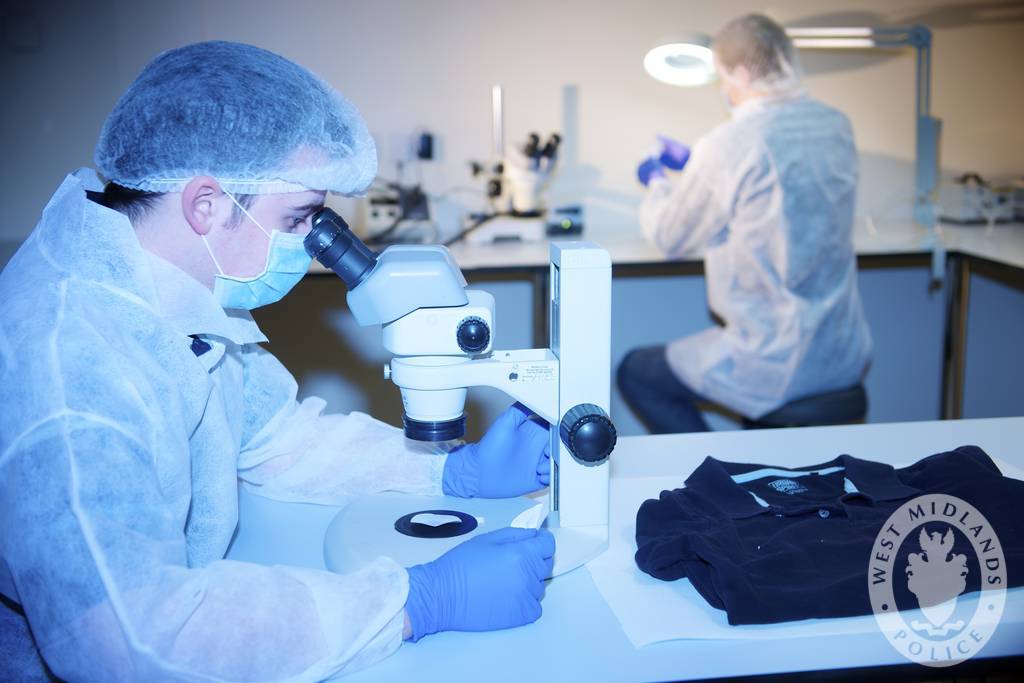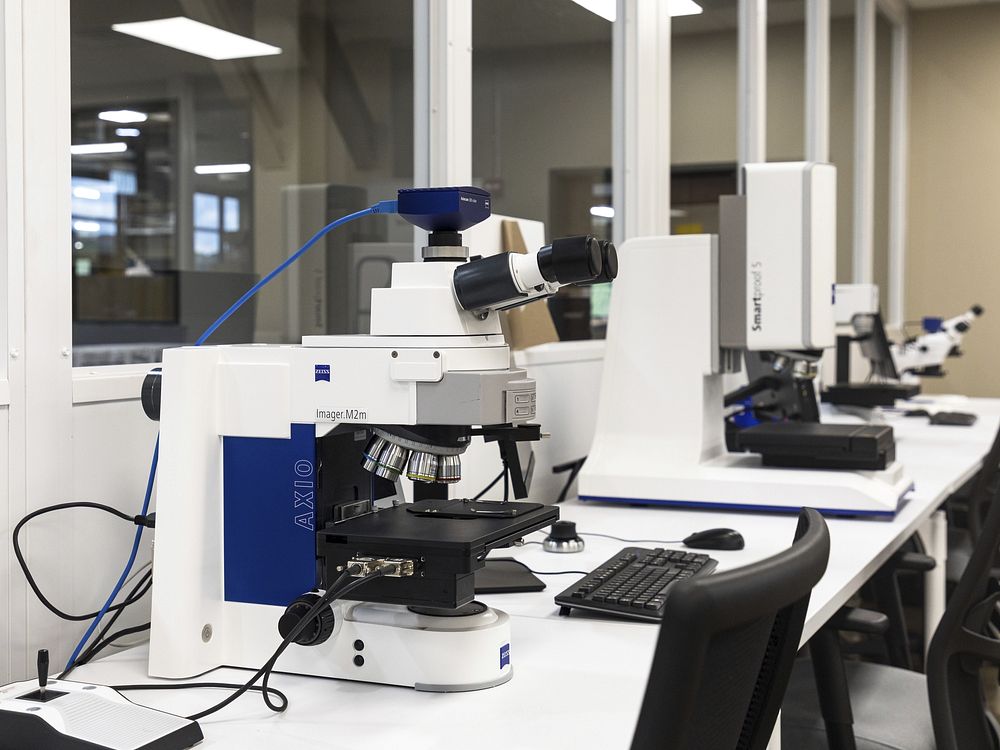Now Reading: DNA Database Breakthrough Cracks Louvre Museum Jewel Heist
-
01
DNA Database Breakthrough Cracks Louvre Museum Jewel Heist

DNA Database Breakthrough Cracks Louvre Museum Jewel Heist
In an astonishing turn of events, French investigators solved the $100 million Louvre museum jewel heist in just days, setting a precedent for the power of forensic science in modern criminal investigations[1]. Following the daring theft, police collected biological traces—including touch DNA—from various surfaces at the crime scene, including getaway vehicles and discarded tools. By running the DNA sequences through France’s national database, authorities found decisive matches to known criminal offenders, dramatically accelerating their pursuit and arrest of the perpetrators.
The Role of Forensic Technology
This operation demonstrates the transformative impact of biometric databases and molecular forensic tools in law enforcement. The French system, renowned for its comprehensiveness and integration, enabled police to bypass traditional, time-consuming investigative steps. Instead, they could pinpoint suspects accurately within hours. This case reinforces the significance of robust national and international DNA archives as resources capable of neutralizing even sophisticated criminal enterprises.
Additionally, cooperative efforts with Interpol and neighboring countries streamlined evidence sharing, preventing suspect flight across borders. The surveillance network and AI-assisted analytics further amplified investigators’ capabilities, ensuring rapid case resolution.
Future Implications for Forensics
Experts consider the Louvre heist a landmark case, foreshadowing the expanded use of forensic genetics, rapid trace analysis, and integrated law enforcement databases in public safety worldwide. Privacy advocates urge caution on database expansion, but law enforcement agencies remain optimistic that these tools are key to battling organized crime and cross-border theft effectively.









